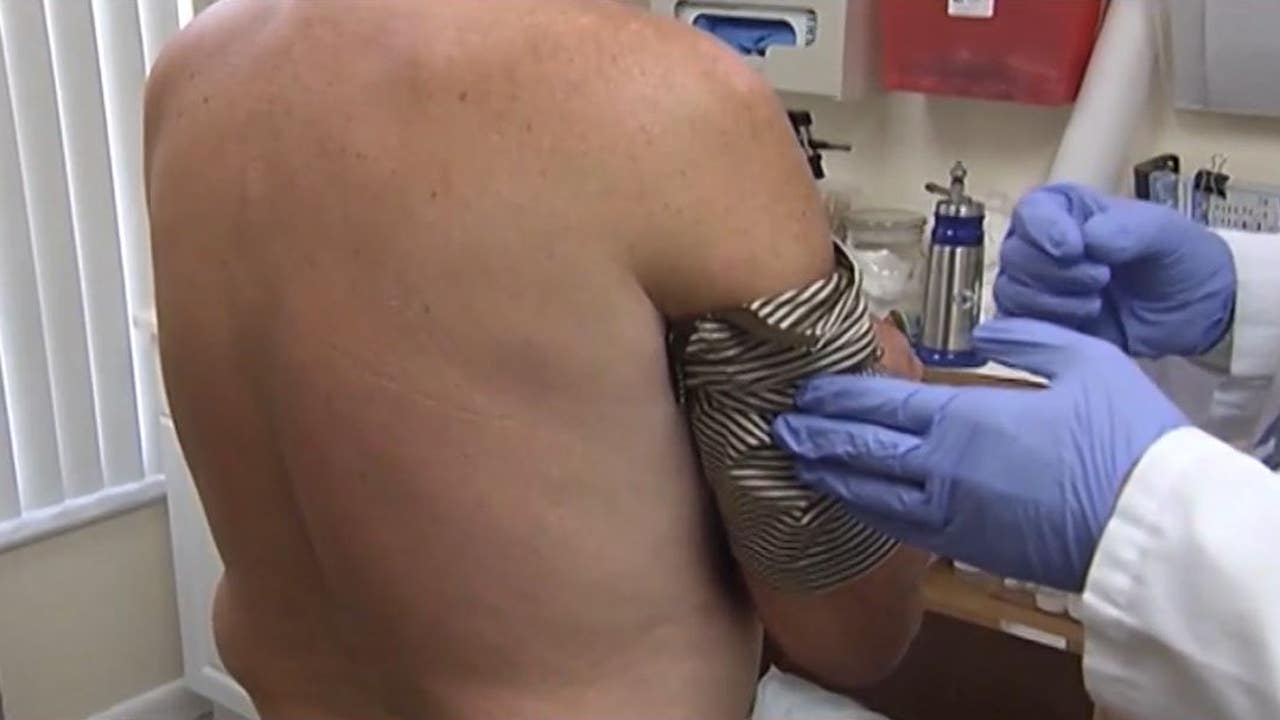Infection
Leprosy in Florida: How do you know if you have the infection?
Leprosy cases rising in Brevard County
A group of researchers is warning about leprosy becoming endemic to Central Florida, which they say now accounts for one-fifth of all new cases. A 54-year-old man from Central Florida – who works in landscaping – gave researchers permission to share photos with the CDC.
Brevard County has seen 20 reported cases of Leprosy and doctors said they have no idea why the county is seeing so many cases.
What is leprosy?
You can get leprosy from long-term exposure to leprosy or by making contact with an armadillo.
Symptoms of leprosy mainly affect the skin, nerves, and mucous membranes – the soft, moist areas inside the body’s openings.
- Discolored patches of skin, usually flat, that may be numb and look faded (lighter than the skin around)
- Growth (nodules) on the skin
- Thick, stiff or dry
- Painless ulcers on the soles of the feet
- Painless swelling or lumps on the face or earlobes
- Loss of eyebrows or eyelashes
- Numbness of affected areas of the skin
- Muscle weakness or paralysis (especially in the hands and feet)
- Enlarged nerves (especially those around the elbow and knee and in the sides of the neck)
- Eye problems that may lead to blindness (when facial nerves are affected)
- A stuffy nose
- Nosebleeds
If left untreated, the signs of advanced leprosy are paralysis and crippling of hands and feet, shortening of toes and fingers due to reabsorption, chronic non-healing ulcers on the bottoms of the feet, blindness, loss of eyebrows, and nose disfigurement.
How is leprosy diagnosed?
How is leprosy disease treated?
Central Florida also seeing Rabies, malaria cases
A Rabies alert was issued for Marion County in July after three raccoons tested positive for the disease. Polk County also confirmed its third case of Rabies when a family dog in Lakeland fought with an aggressive raccoon on July 26. The owner shot and killed the raccoon which later tested positive for Rabies.
Since the report, Sarasota County officials have been using aircraft, trucks, and ground crews to apply insecticide to the area where the malaria cases were reported.

